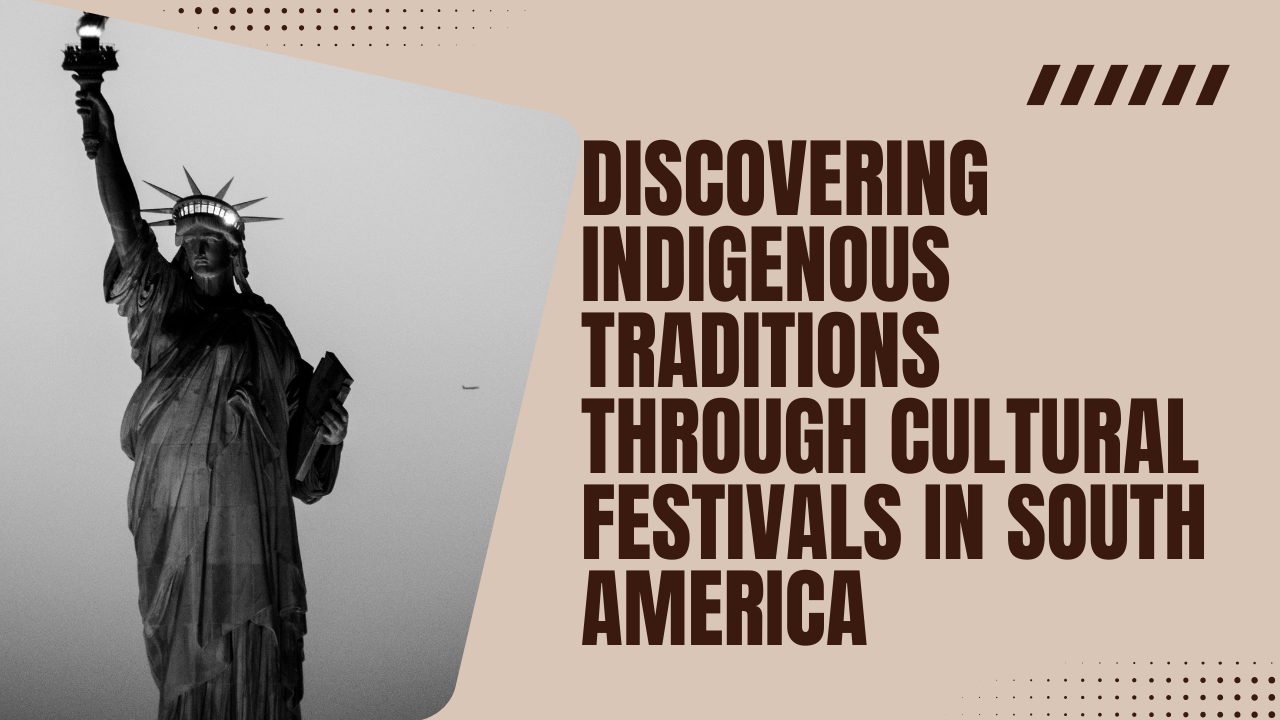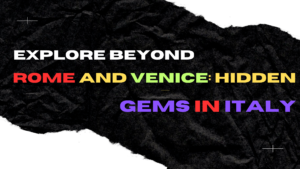Ancient customs in South America give contemporary communities vitality. Vibrant cultural festivals in South America have helped indigenous people preserve their legacy from the high Andes to the Amazon rainforest’s depths. These gatherings are more than just vibrant displays; they are spiritual manifestations, living histories, and poignant reminders of the connection between people and the natural world.
Table of Contents
Understanding Indigenous Heritage in South America
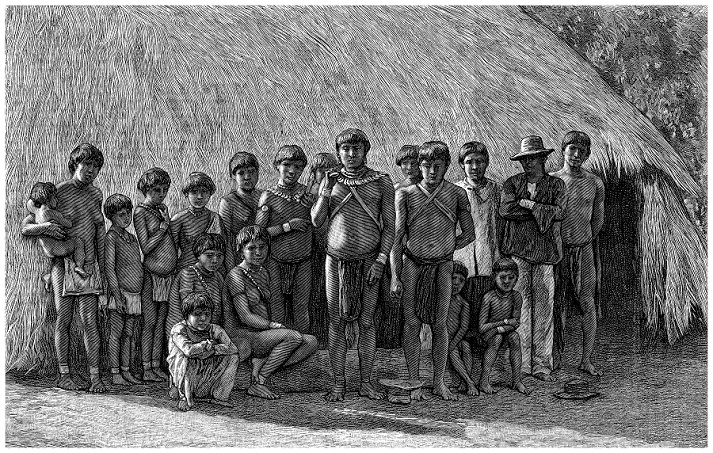
Long before colonization, civilizations like the Incas, Mapuche, Aymara, and Amazonian tribes thrived across the continent. Their languages, rituals, and traditions form the backbone of South American identity. While colonization imposed new religions and systems, indigenous people adapted by blending their beliefs, creating cultural festivals in South America that carry both ancestral and hybrid meanings.
Why Cultural Festivals Matter
Cultural festivals serve as more than entertainment. They preserve ancient traditions, strengthen community bonds, and provide indigenous people with platforms for identity and pride. Globally, they draw travelers eager to witness authentic expressions of heritage. In many ways, these festivals are bridges between the past and the present, ensuring traditions remain alive for future generations.
Major Indigenous Cultural Festivals in South America
South America’s festivals are as diverse as its landscapes. From the high-altitude celebrations of the Andes to Amazonian rainforest rituals, every region has unique traditions. Let’s explore some of the most fascinating indigenous festivals.
Inti Raymi: Festival of the Sun (Peru)
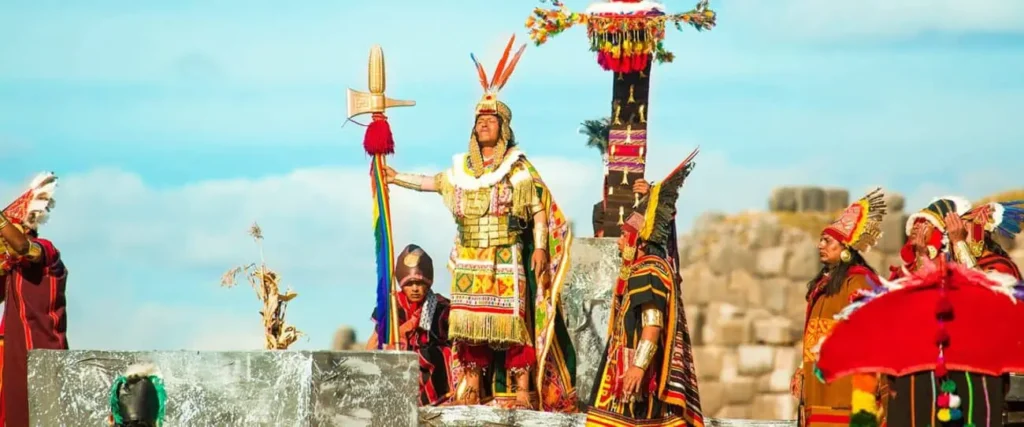
Originating in the Inca Empire, Inti Raymi is arguably the most well-known indigenous celebration and one of the prominent cultural festivals in South America. It honours Inti, the Sun God, and is celebrated in Cusco on June 24. Processions, music, dance, and symbolic sacrifices to Pachamama (Mother Earth) are all part of the rituals. For Andean communities, the celebration still has great spiritual significance, even though contemporary renditions are partially reenactments.
Carnival of Oruro (Bolivia)
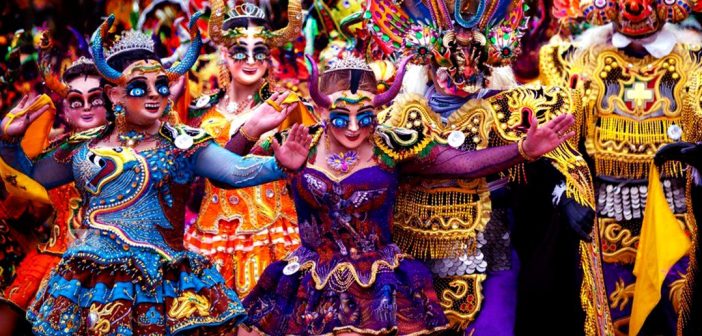
Oruro’s Carnival, a stunning blend of indigenous and Catholic customs, was named a UNESCO Masterpiece of Oral and Intangible Heritage. The Diablada (Dance of the Devils), which represents the never-ending conflict between good and evil, is its centrepiece. One of the most compelling spectacles in South America, it combines Spanish influences with Andean mythology, having roots in Aymara and Quechua beliefs.
Yawar Fiesta (Peru)
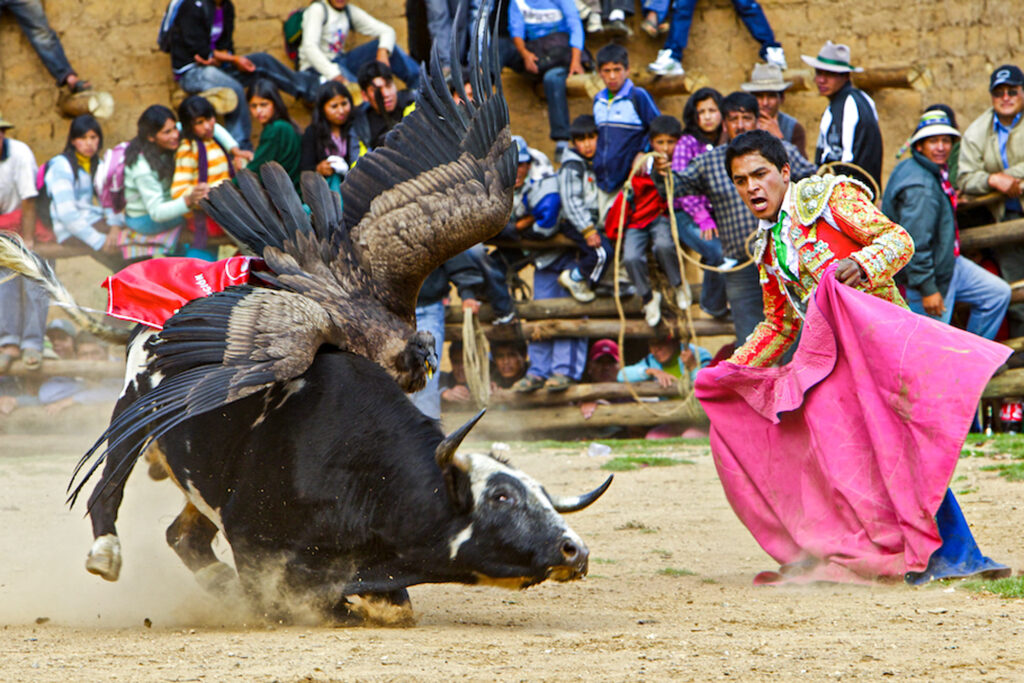
In the daring custom known as the Yawar Fiesta, or “Festival of Blood,” a condor is fastened to the back of a bull. Despite being contentious, it symbolises the indigenous people’s (represented by the condor) opposition to colonial powers (represented by the bull). The celebration is a spectacular representation of Peru’s long history of struggle and unwavering spirit of freedom.
Harvest Festivals (Ecuador & Peru)
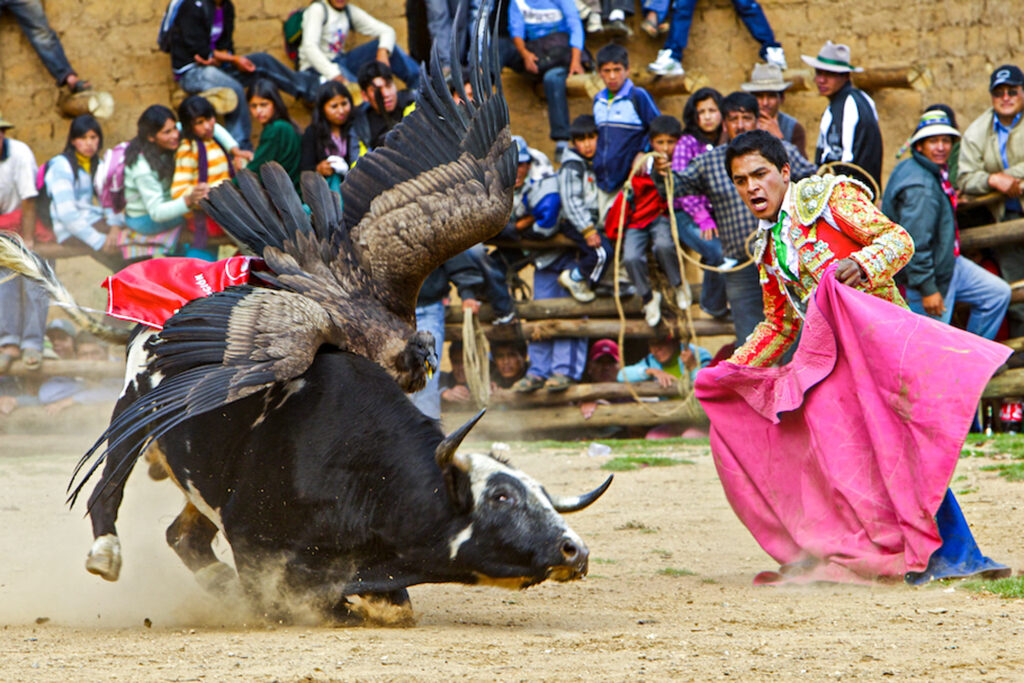
Agriculture has always been central to indigenous life. Harvest festivals, like Ecuador’s Inti Raymi and Peru’s celebrations of Pachamama, express gratitude for bountiful crops. Offerings of coca leaves, corn, and chicha (fermented drink) are made to Mother Earth, reinforcing the sacred bond between people and land.
Tapati Festival (Easter Island, Chile)
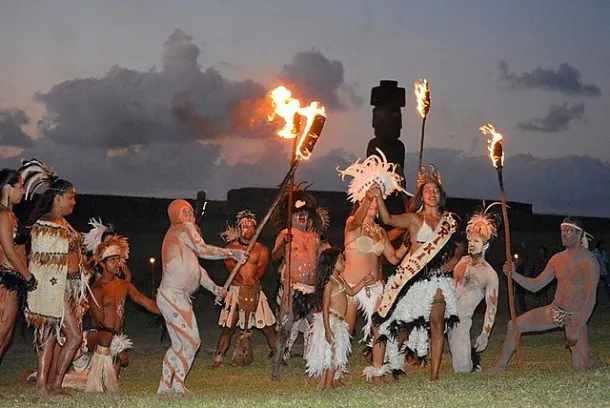
The Tapati Festival is a two-week celebration of Rapa Nui culture on Easter Island. Participants engage in ancient competitions like body painting, canoeing, and the Haka Pei (sliding down volcano slopes on banana trunks). It’s a vibrant preservation of Polynesian-indigenous culture, reconnecting islanders with ancestral roots.
Amazonian Tribal Festivals (Brazil & Colombia)
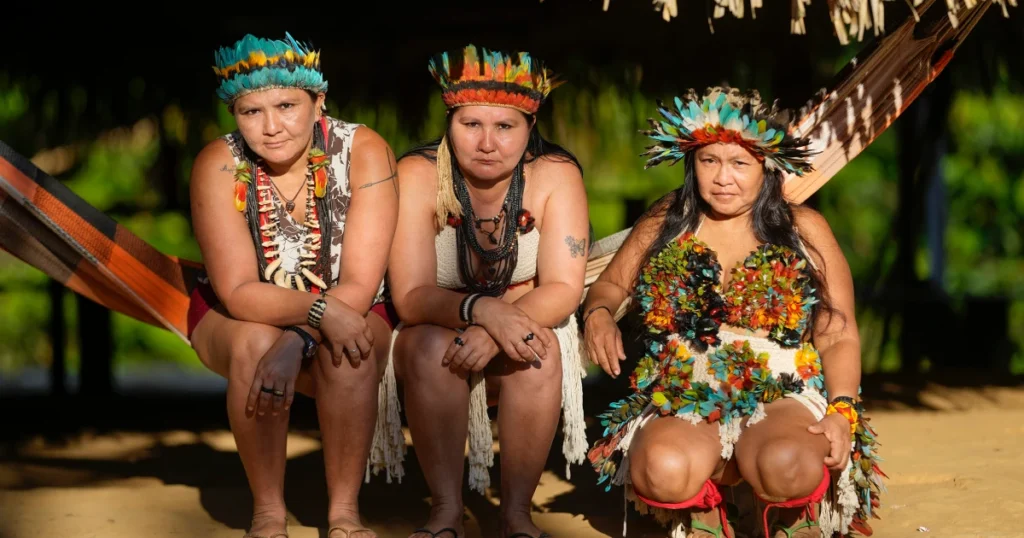
Deep in the Amazon, tribes like the Shipibo, Yanomami, and Tikuna host sacred festivals involving body painting, shamanic rituals, and music. Ceremonies often revolve around healing, spiritual journeys, and honoring the rainforest. Sacred plants like ayahuasca play key roles, guiding participants toward visions and spiritual growth.
Day of the Dead Celebrations (Ecuador & Bolivia)
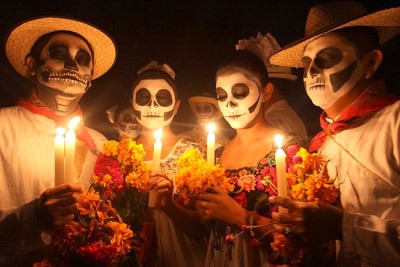
Unlike Mexico’s widely known version, the Day of the Dead in the Andes combines Catholic traditions with indigenous beliefs. Families gather at cemeteries, offering bread dolls (t’antawawas), corn beer, and traditional dishes to honor ancestors. It’s less about mourning and more about maintaining ties with the spiritual world.
The Role of Music and Dance in Indigenous Festivals
Music and dance are essential to indigenous festivals. Instruments like panpipes, flutes, and drums create rhythmic soundscapes that echo through the mountains and forests. Every movement in traditional dances tells a story—of harvest, struggle, or cosmic cycles—making them both entertainment and storytelling.
Spirituality and Symbolism in Indigenous Festivals
Indigenous festivals are deeply spiritual, connecting participants to the cosmos, nature, and ancestors. Shamans often lead ceremonies, invoking spirits and seeking harmony between humans and the natural world. Every symbol, from animal masks to ritual fires, carries meaning tied to ancient cosmologies.
Impact of Cultural Festivals on Tourism
Tourism plays a double role. On one hand, it helps fund communities, boosts local economies, and shares indigenous culture with the world. On the other, over-commercialization risks diluting traditions. Responsible and sustainable tourism ensures that indigenous people retain control over their heritage while benefiting economically.
Preservation of Indigenous Traditions in the Modern World
In today’s fast-paced world, preserving indigenous culture is both a challenge and a necessity. Governments, NGOs, and local communities are working together to document and promote these traditions. Youth involvement is key—when younger generations embrace their heritage, it guarantees continuity for centuries to come.
Also visit:
Secret Treasures: Discovering Hidden Gems in Italy
Hidden Gems in Italy: Exploring Beyond the Tourist Trail
Hidden Gems in Italy That Will Take Your Breath Away
The Best Beaches in Florida for Nightlife and Entertainment
The Best Beaches in Florida for Beach Volleyball
Conclusion
Cultural festivals in South America are windows into ancient civilizations, living traditions, and spiritual worlds that modern society often forgets. By celebrating them, indigenous communities not only preserve their identity but also invite the world to witness the richness of their heritage. These festivals remind us that culture isn’t just history—it’s a living, breathing force shaping who we are today.

